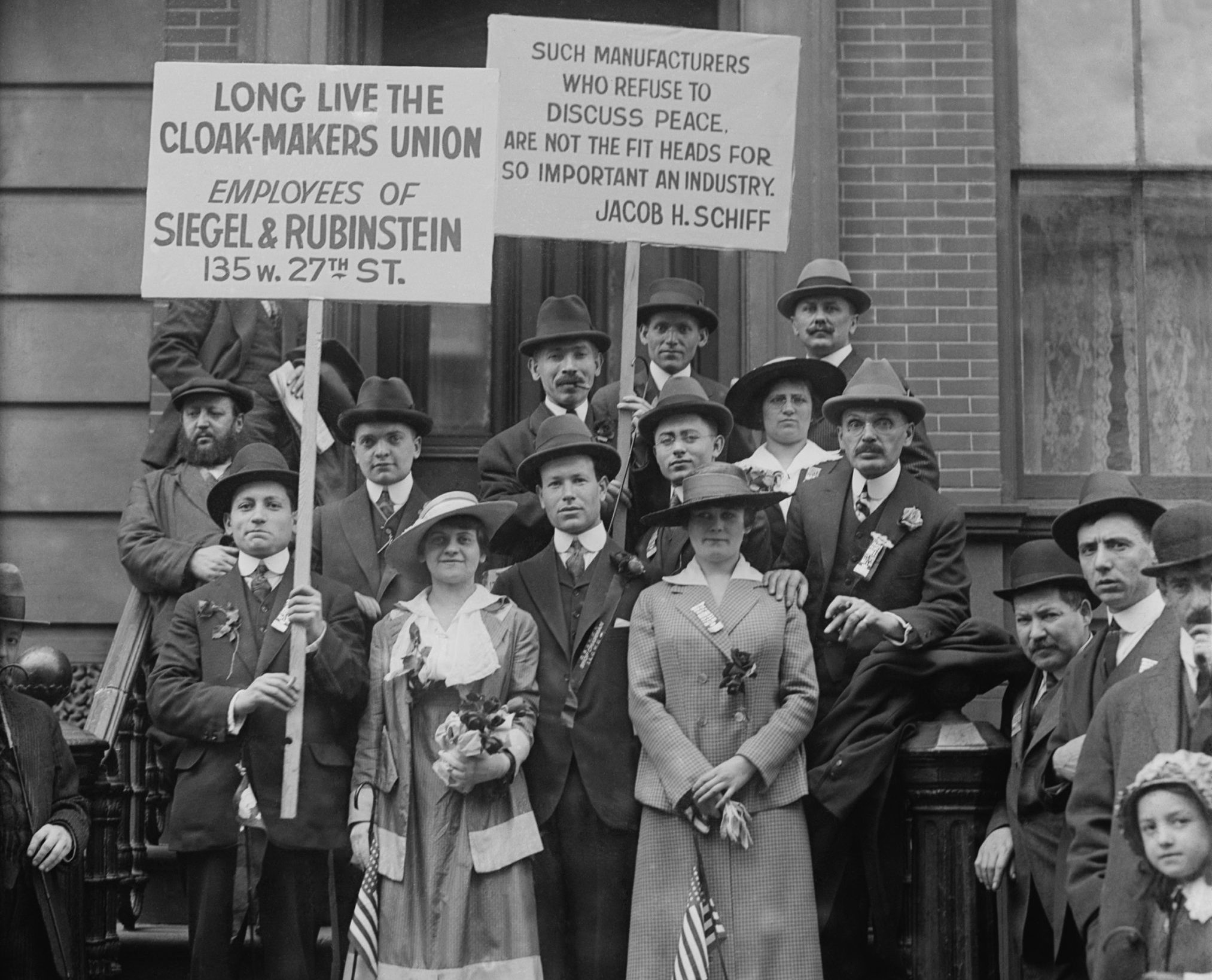The following is an excerpt from our Saturday email, which includes our musings on the latest developments impacting public employees, links to that week’s labor news, and a collection of whimsical reads for your weekend. If you’d like to receive our weekly email, you can use the sign-up form at the bottom of this page. We promise to respect your inbox, and we will never share your email address.
This month marks the 40 year anniversary of the Chinatown garment worker strike in New York City. In 1982, 20,000 garment workers held a rally and march in Columbus Park, organized by a garment worker originally from San Francisco, Katie Quan.
The union representing the workers at the time, the International Ladies’ Garment Workers’ Union, had mostly out of touch leadership that did little to communicate with its Chinese-speaking members. It took the successful strike, led by Quan, for union leadership to begin working more closely with its members. Quan wrote that the 1982 strike had proven the power of workers to demand accountability from their managers and their unions. She said, “only when the workers stand up and organize themselves will there be justice and lasting change.”
Unfortunately, 40 years later, union leadership still acts against its members’ best interests. Just a few unions represent tens of thousands of different workplaces and occupations across the country, they continue to spend their members’ dues on politics they don’t agree on, and workers are growing more and more unhappy in their jobs. Workplace unrest seems ubiquitous.
As the cliché goes, history repeats itself. And just as Katie Quan was able to stand up with her peers to demand more from her union in 1982, AFFT members in 2022 are doing the same. Union abuse is not new, but neither is workers’ ability to take back the reigns from their hostile leadership.
